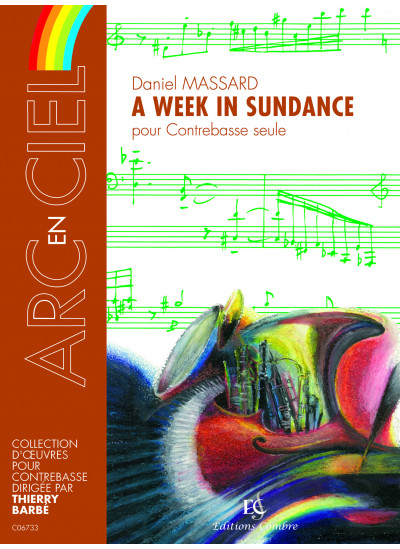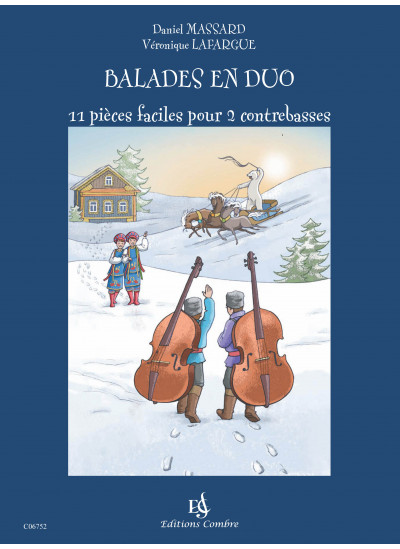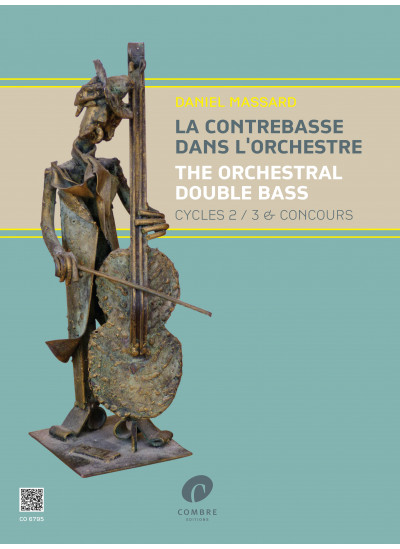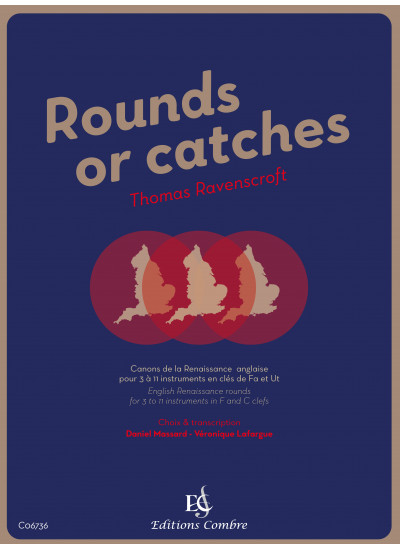
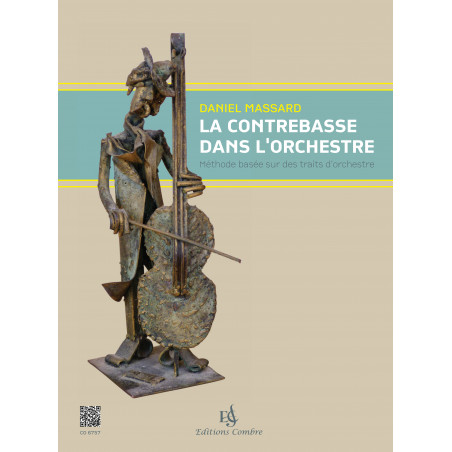

"[The rehearsal] of the thirty-six double basses was above all odd. When we reached the scherzo passage in Beethoven's C minor symphony, which was on the program, we had the impression of listening to the snorting of fifty frightened pigs: such was the incoherence and flawed intonation when the passage was played. It improved little by little, as the ensemble came together, letting the phrase emerge clearly in all of its wild roughness".
Hector Berlioz, Mémoires, Chapter LIII
In his Mémoires, Hector Berlioz, the French romantic period composer (1803-1869), stated that he was "pleased to be able to organise and conduct a gigantic concert" for which he managed "to assemble a group of one thousand and twenty-two performers". The quotation refers to the sectional rehearsals (by instrument) of the scherzo from Beethoven's Fifth Symphony that he conducted for a special concert in Paris, which was performed during the Industrial Products Exposition of 1844. This scherzo, known for its difficult intonation, bowings and style, became particularly problematic when played by a section of thirty-six double basses.
Double bass teaching has evolved since Berlioz's time. Teachers working in music schools help students become real double bassists, real technicians, real professionals, and real musicians. None the less, rehearsing each instrument by group (sectionals) remains absolutely necessary.
My professional experience of forty years playing double bass with the Orchestre National du Capitole de Toulouse exposed me to a vast musical repertoire. From symphonic music to chamber music and the operatic repertoire as well, I became familiar with all musical styles ranging from the Baroque to the contemporary period. The great conductors, with whom I worked, helped me to understand the great composers of occidental music - how to perform, interpret and analyse a work. We must listen and above all, be attentive. With this first volume, I hope to share what I have learned in the orchestra and give students the chance to discover this musical repertoire.
Professor of double bass at the Departmental Conservatory (CRD) in Montauban, I incorporated all of the texts presented in this volume into the first cycle curriculum to test them with my students. Young bassists have always been very receptive to working with musical excerpts. It puts them into contact with the music. For the most effective individual practice, I recommend that they listen to the music being studied (recordings and concerts). Doing this will help them understand the composers and learn the musical language.
This book provides a musical voyage from the Baroque period to the post-romantic period (from Johann Sebastian Bach to Camille Saint-Saëns). It is intended for first cycle conservatory and music school students. Teachers can start including it during the first year.
All of the musical excerpts are taken from the orchestral repertoire: chamber, opera and symphonic. They are presented in the original keys.
The original bowings are written in black. Bowings written in red are recommendations by professional bassists from the major orchestras in France and the rest of the world.
Daniel Massard
Bassist with the Orchestra National du Capitole de Toulouse,
Professor at the Departmental Conservatory in Montauban
I would like to thank my students in the double bass class at the Departmental Conservatory in Montauban, the librarians of the Orchestra National du Capitole de Toulouse, and Véronique Lafargue, Doctor of Musicology.
This volume is divided into two large sections:
I - Preparatory technical etudes
1 - Phrasing, bow position, bowing, playing techniques
2 - Pizz
3 - Pizz and arco
4 - Coordination
Each part is organized in order of increasing difficulty.
II - Orchestral excerpts
This second section is organized by composer in alphabetical order.








